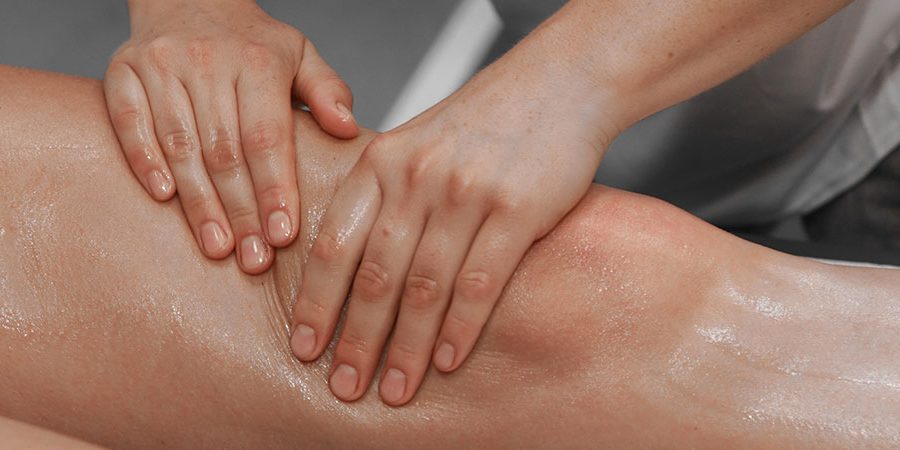As fitness professionals, we are constantly on the lookout for effective methods to help our clients achieve optimal performance and recovery. Massage therapy is one such tool that has gained significant popularity over the years. However, its efficacy has often been a topic of debate. A comprehensive systematic review by Qais Gasibat and colleagues sheds light on the benefits and limitations of massage therapy in sports. This article explores how we can leverage these findings to better assist our clients in their fitness journeys.
The Promising Benefits
The review highlights several studies that demonstrate significant benefits of massage therapy. One of the most notable benefits is enhanced muscle recovery. Massage can increase blood flow and lymphatic drainage, which helps remove metabolic waste and reduce muscle soreness. Encouraging our clients to incorporate post-exercise massage into their routines can expedite their muscle recovery and improve their overall training experience.
Additionally, massage has been shown to provide effective pain relief. Techniques such as effleurage and petrissage can reduce perceived pain, making them particularly beneficial for clients dealing with chronic pain or recovering from injuries. Another significant benefit of massage is its positive impact on psychological wellbeing. Massage promotes the release of endorphins, which can reduce stress and improve mood, helping clients maintain motivation and a positive mindset.
The Inconsistencies and Challenges
While the benefits of massage therapy are promising, the review also reveals several inconsistencies. Some studies reported no significant improvements in performance metrics such as sprint speed and muscle strength. This variability suggests that massage might not be universally effective for all clients or sports. Furthermore, the effectiveness of massage can depend on individual factors like the client’s physical condition, type of sport, and personal response to massage. This highlights the importance of customising massage therapy to each client’s unique needs, ensuring that the approach is tailored to their specific circumstances and goals.
Comparative Effectiveness
The review also compares massage therapy with other recovery methods, providing valuable insights. For instance, cold-water immersion is another popular recovery technique, but the results are mixed when compared to massage. While some clients might prefer the comfort and relaxation of massage, others may benefit more from the anti-inflammatory effects of cold immersion. Similarly, static and dynamic stretching often show similar or better results in improving flexibility and performance. Integrating stretching routines alongside massage therapy can offer a more comprehensive recovery strategy for our clients, combining the benefits of both methods.

The Need for Standardisation
One of the key takeaways from the review is the need for standardised protocols in massage therapy. The effectiveness of massage varied widely based on the techniques and duration used in different studies. Establishing standardised massage protocols can help achieve more consistent results for clients. However, it is equally important to maintain a level of personalisation. Despite the call for standardisation, tailoring massage treatments to individual clients remains crucial. Regular assessments and adjustments to the therapy plan can optimise outcomes, ensuring that each client receives the most effective treatment for their needs.
Understanding the Mechanisms
Understanding the underlying mechanisms of massage therapy can further enhance our approach. Biologically, massage increases local blood flow, reduces muscle stiffness, and enhances lymphatic drainage. Educating our clients on these biological effects can help them appreciate how massage contributes to their recovery and overall performance. Additionally, the psychological benefits of massage should not be underestimated. The stress-relieving effects of massage can improve mental focus and reduce anxiety, making it a valuable part of a holistic approach to fitness. By addressing both physical and psychological aspects, massage therapy can significantly enhance our clients’ wellbeing and performance.
Practical Implications for Clients
Implementing massage therapy effectively can make a substantial difference in our clients’ fitness outcomes. Integrating regular massage sessions into their training regimens can provide ongoing support for muscle recovery and pain management. Post-exercise massages, in particular, can be highly effective for reducing muscle soreness and enhancing recovery.
Educating our clients about the benefits and limitations of massage therapy is also important. Help them understand that while massage is a valuable tool, it should be used in conjunction with other recovery methods for the best results. Continuous monitoring and adjustments to the massage therapy plan based on client feedback and performance can further optimise outcomes.
Massage therapy offers substantial benefits in muscle recovery, pain relief, and psychological wellbeing, making it a valuable tool for us as fitness professionals. However, its effectiveness can vary based on individual factors and specific conditions. By understanding these nuances and integrating massage therapy with other recovery methods, you can provide your clients with a balanced and effective approach to enhance their performance and overall wellbeing. Embrace the insights from this comprehensive review to refine your approach and assist your clients in achieving their fitness goals more effectively.
Reference
Gasibat, Q., Rafieda, A. E., & Aween, M. M. (2024). The Influence of Therapeutic Massage on Muscle Recovery, Physiological, Psychological and Performance in Sport: A Systematic Review. Sport Mont Journal, 22(1), 147-164. Click here to review the full research article
Aid Client Recovery as a Sports Massage Therapist
Are you looking to gain new skills in sports wellness? Our Level 3 Sports Massage Course at TRAINFITNESS offers the perfect opportunity. With insights from the latest research by Qais Gasibat et al., which highlights the significant benefits of massage therapy in sports performance and recovery, this course equips you with the skills to provide effective treatments. Learn to plan, provide, and evaluate sports massages, enhancing both physical recovery and psychological wellbeing of your clients. Transform your passion into a successful career today!
Sports Massage Therapy – In-Person
